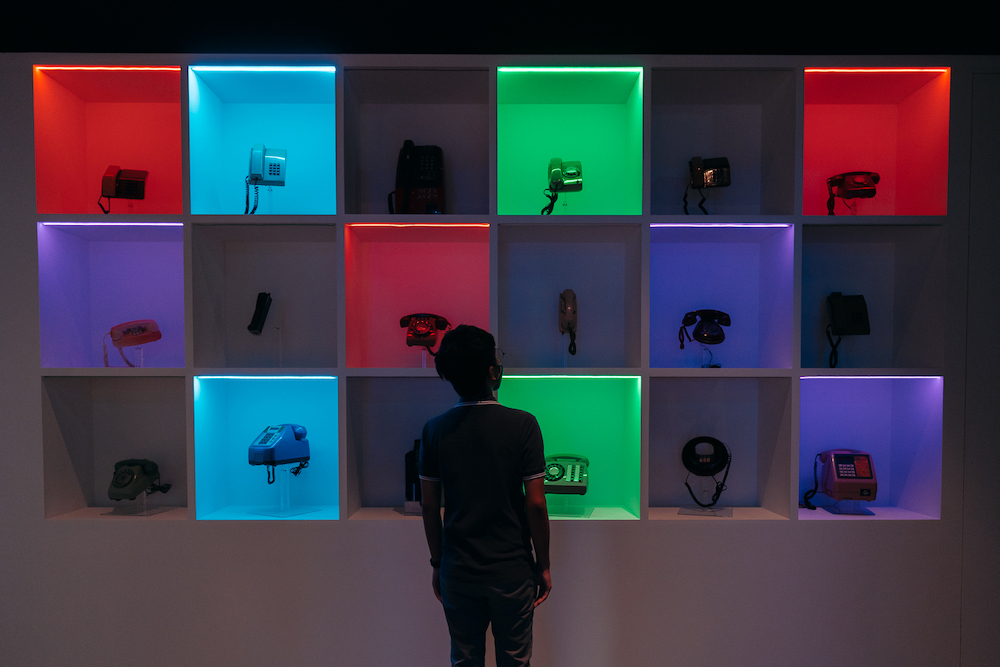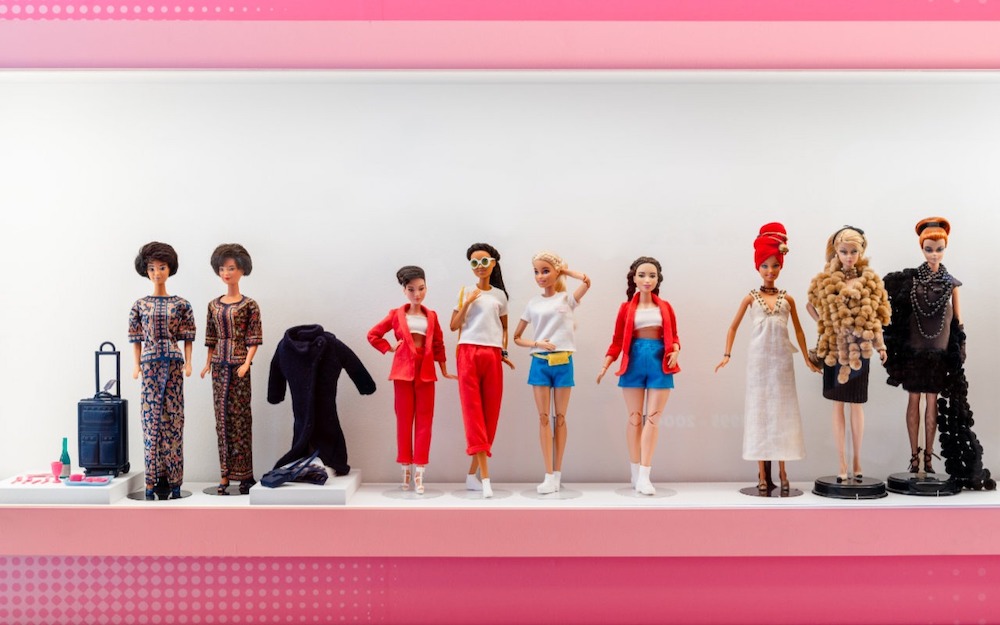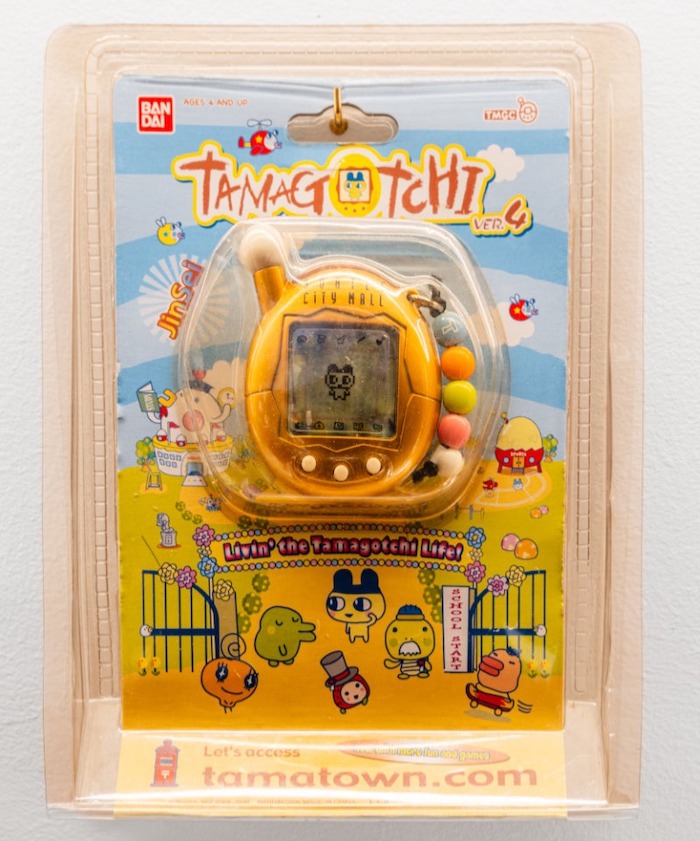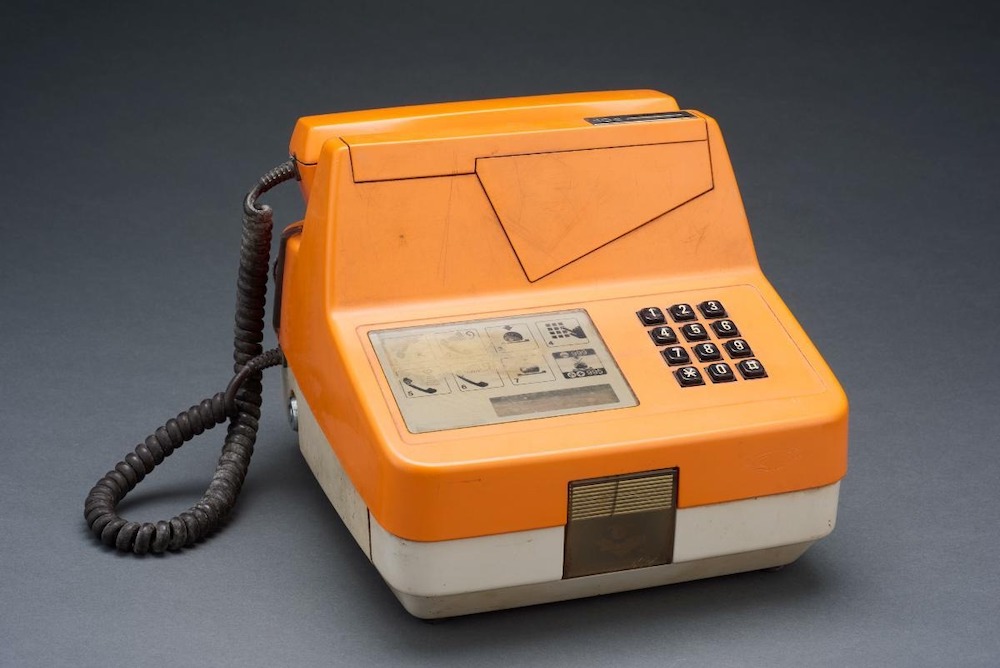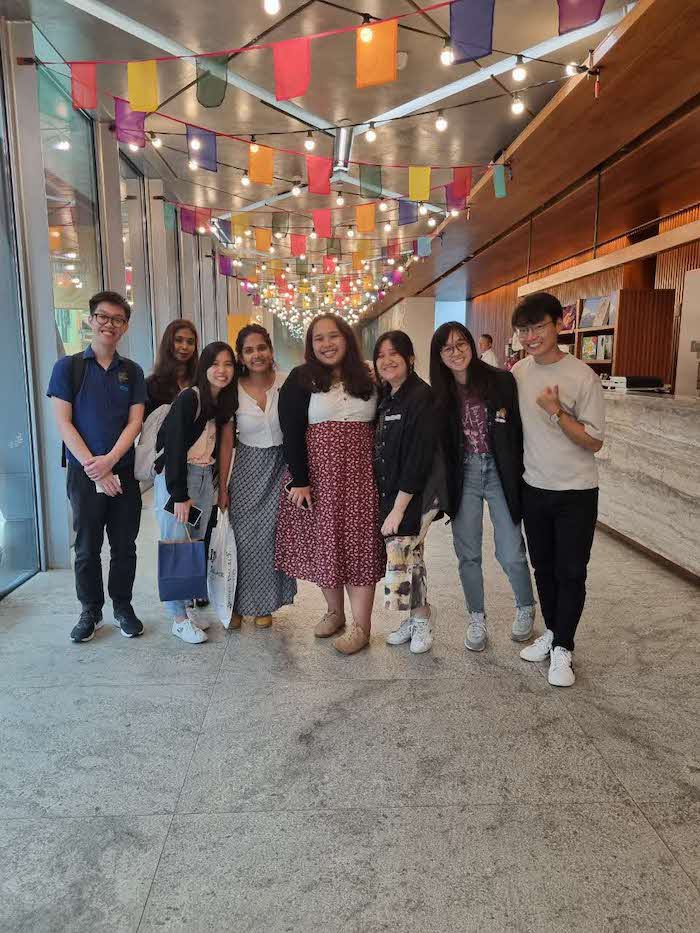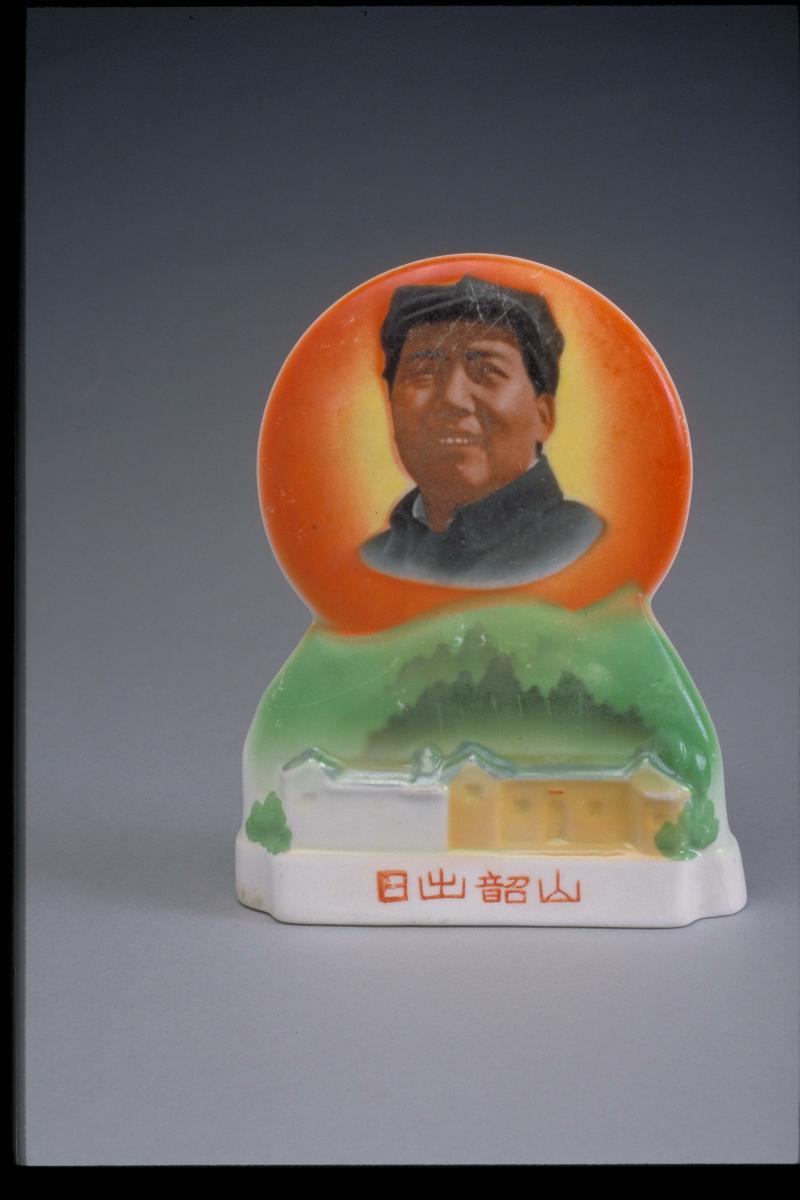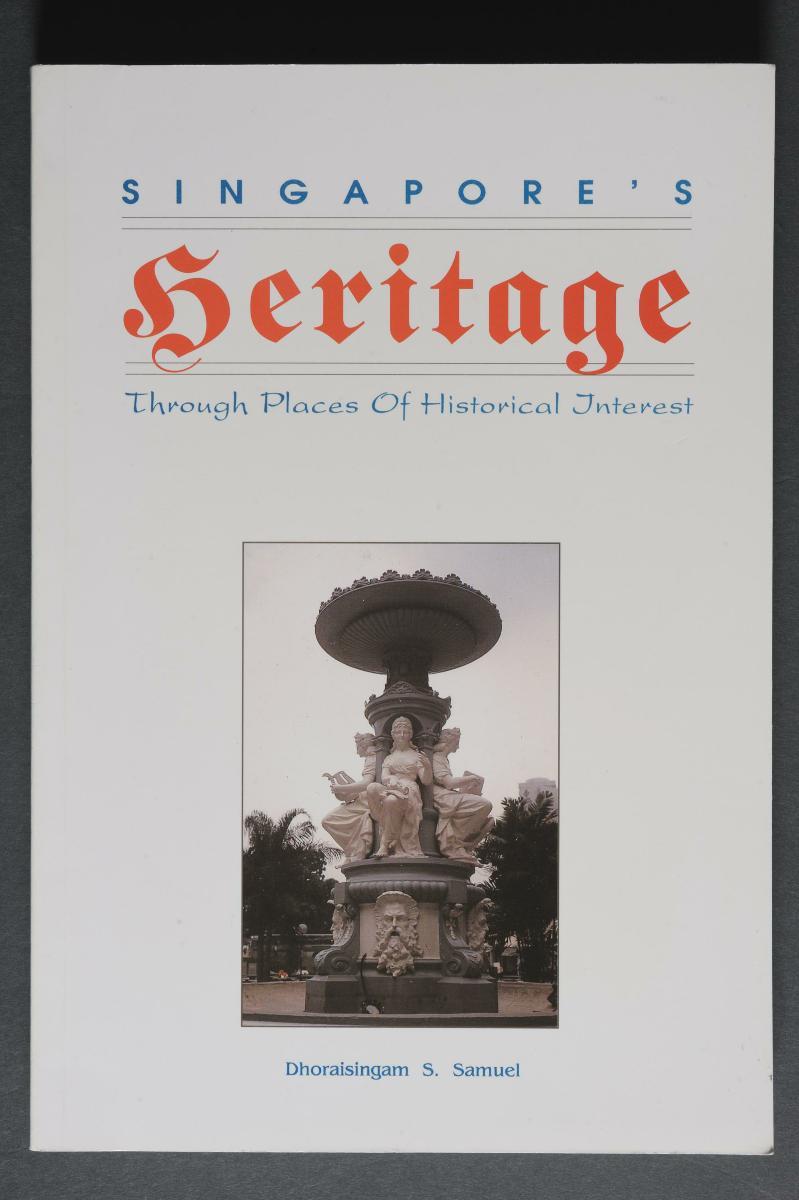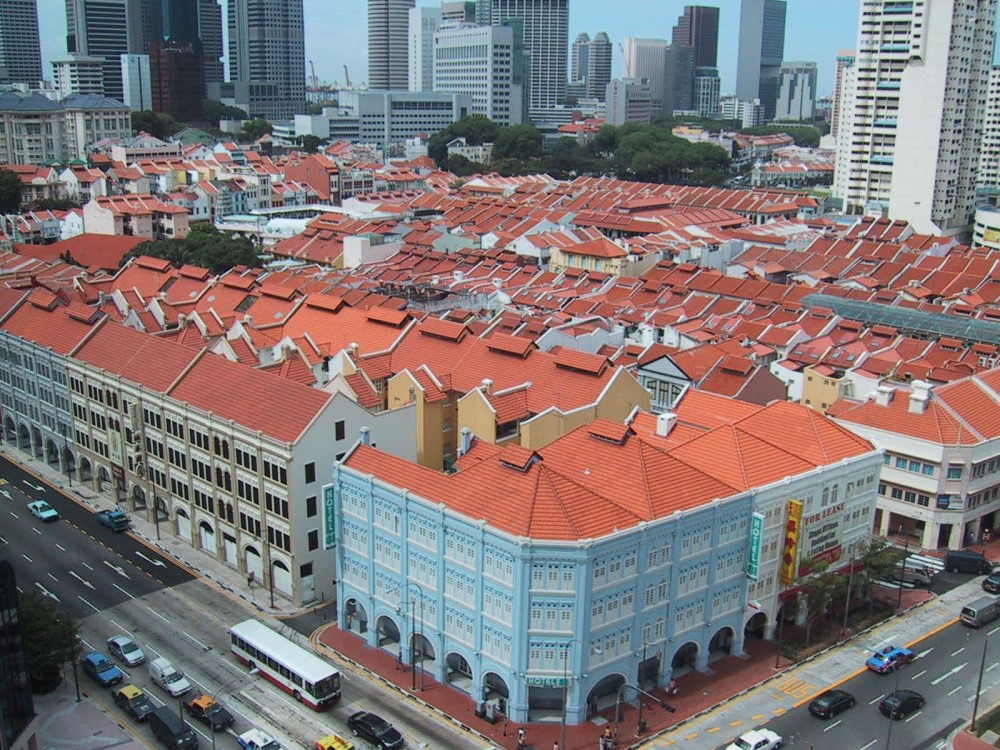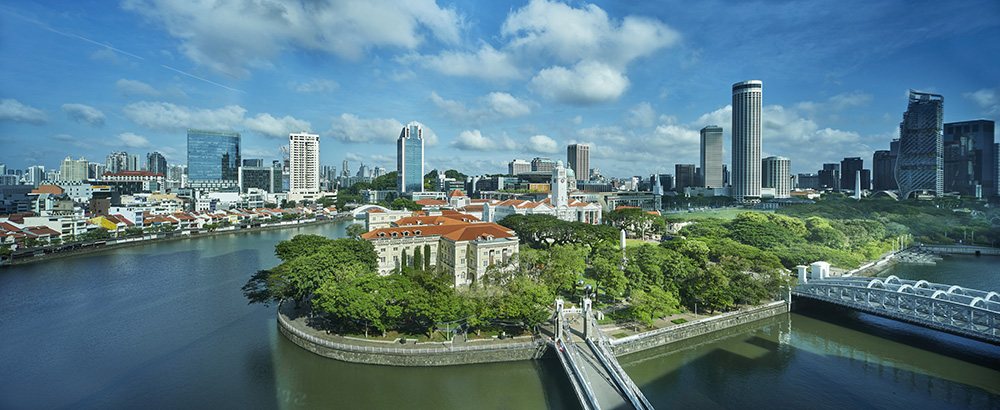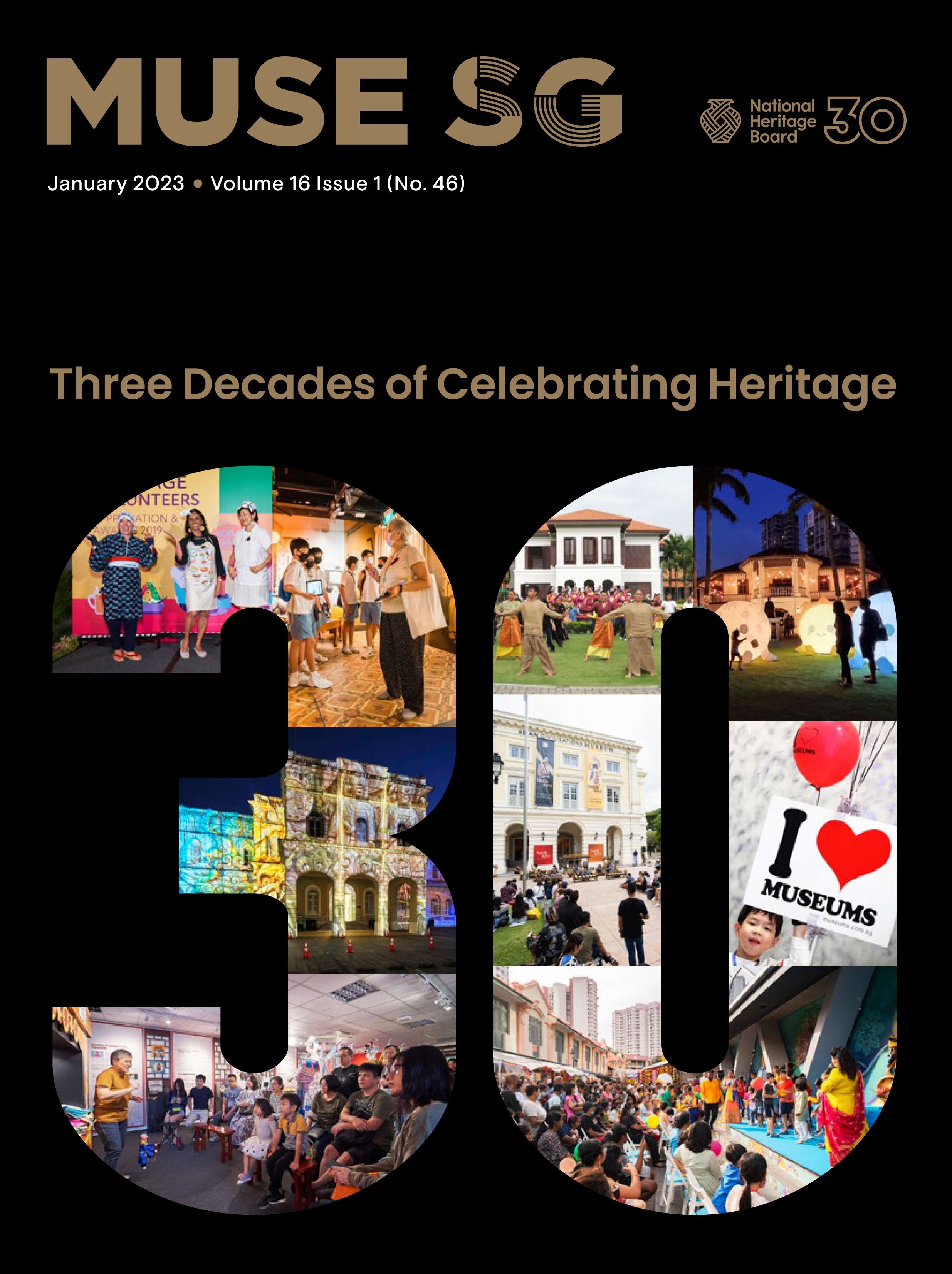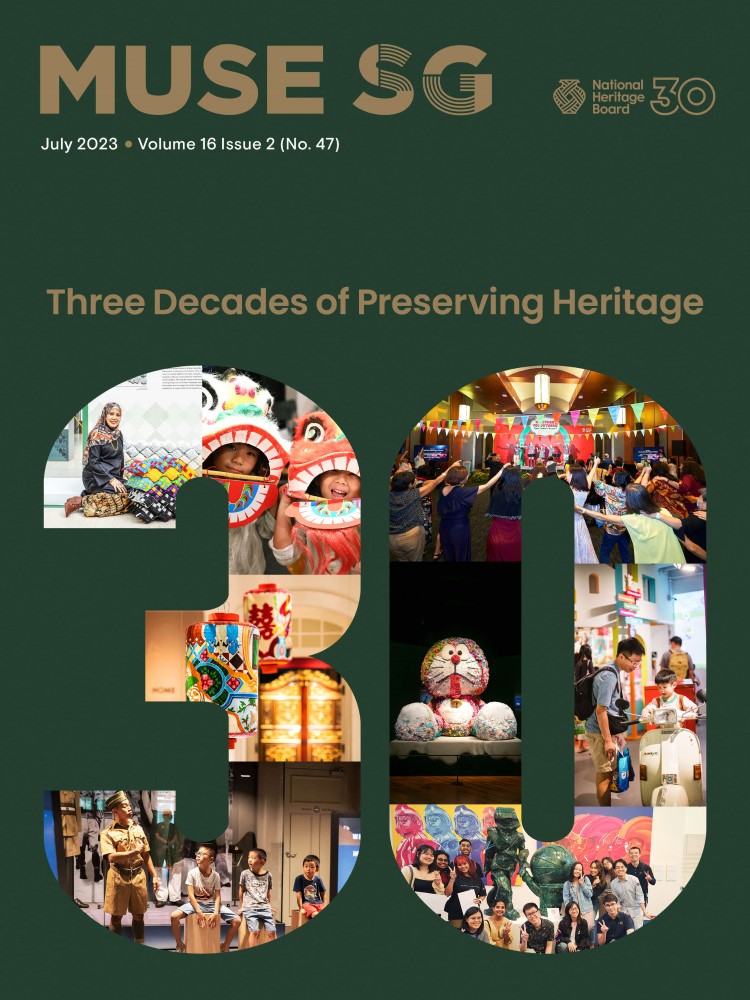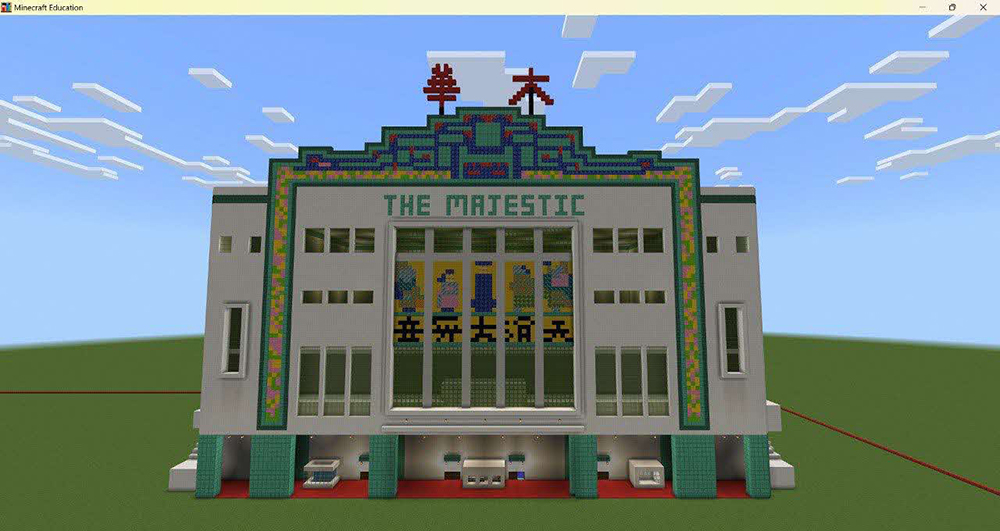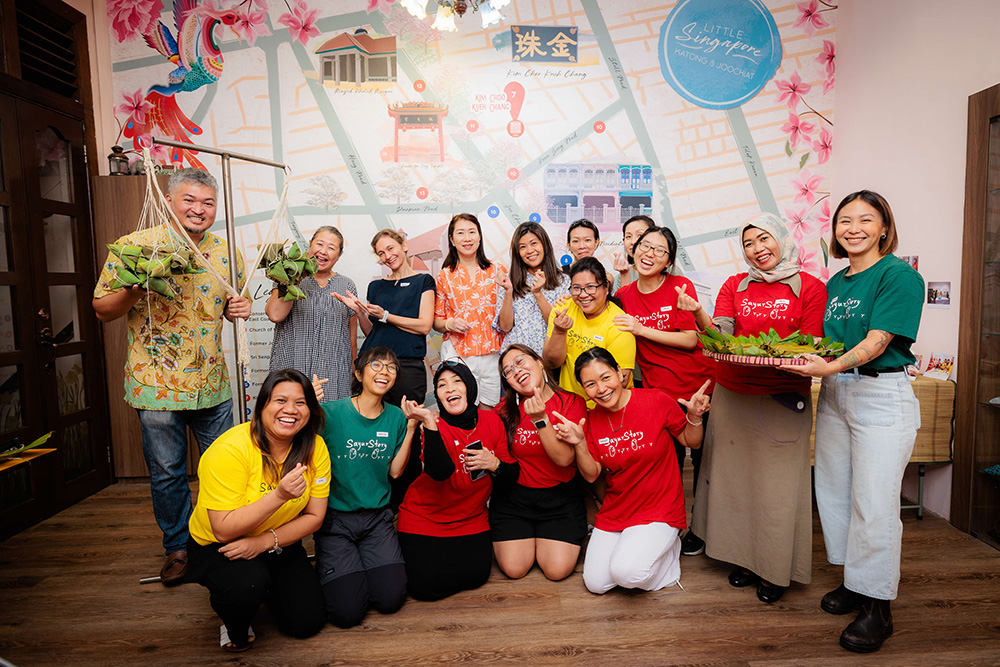TL;DR
Singapore’s storied past and vibrant calendar of heritage events and initiatives are drawing a new, youthful crowd. The latest Heritage Awareness Survey shows a surge in interest in Singapore’s Intangible Cultural Heritage and its diverse museums.Interest in Singapore’s Living Heritage Spikes
Every so often, Ng Si Ying’s parents grumble about the cupboard space her rattan bundles take up in their family home. But the same bundles become a source of pride when the rattan artist weaves and transforms the humble vines into masterpieces with practical purpose.
Ng’s creations have become part of the household’s daily rhythm: cup cosies, wrapped pot handles, and even a bespoke rattan latch for a teapot with an odd droop. With a wry smile, Ng, 32, said: “They’ve learned to make use of me.”
A full-time UX designer by day, Ng is one of a growing number of young Intangible Cultural Heritage (ICH) practitioners who have burst onto the heritage scene in recent years.
Intangible Cultural Heritage is the living traditions and skills we pass down and keep alive - from festivals and food to crafts and customs - that grow and change along with us. Once a largely abstract term, ICH has grown on people in the city-state. The latest Heritage Awareness Survey, conducted by the National Heritage Board (NHB) between 12 January and 31 March 2024, indicates that ICH has piqued the interest of a greater proportion of the population than ever before. Overall engagement in ICH climbed by 6 percentage-points since 2022, with youth participation rising by 10 percentage-points to 56 percent.
The Heritage Awareness Survey is a biennial study that assesses the level of interest, participation and attitudes towards heritage among Singaporeans. The latest study surveyed 2,018 Singapore Citizens and Permanent Residents aged 15 years old and above from a representative sample of the population.
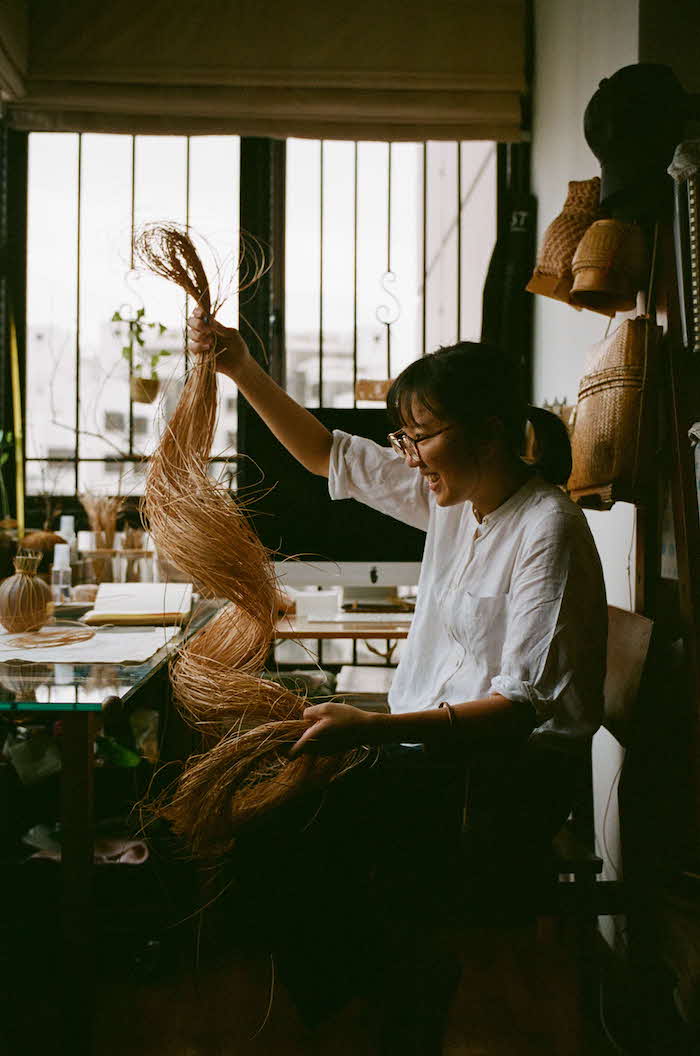 |
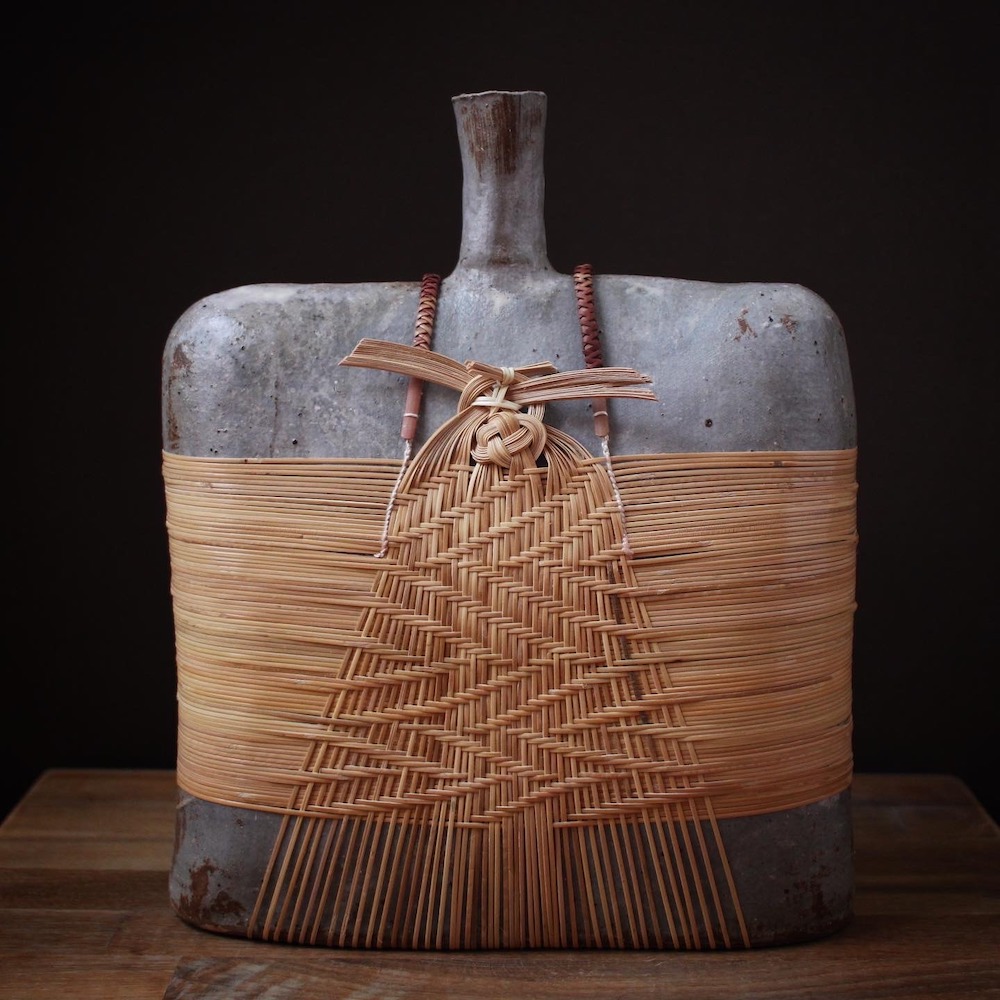 |
Reflecting on her journey, Ng said she was drawn to rattan’s potential for experimentation after discovering the material by chance at one of Singapore’s last rattan furniture shops in Bukit Merah in 2016.
She said: “While wood and ceramics have been more widely explored, rattan has long felt more understated. This gave me space to challenge the material and reconsider its traditional relationships with culture and society.”
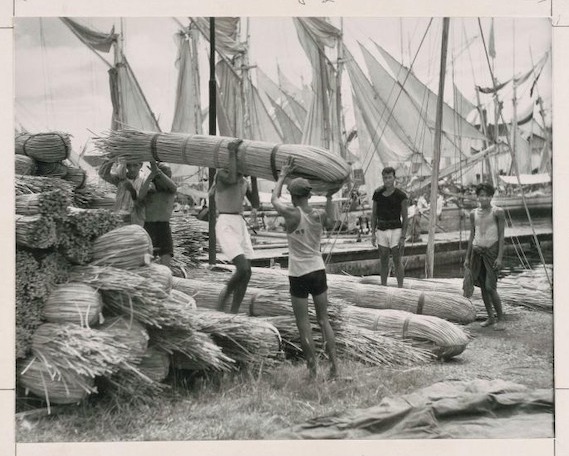 |
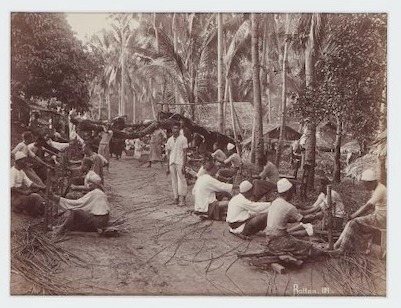 |
Dismantling its common association with the rotan cane and traditional furniture, Ng dreams up new ways to sculpt with rattan. Her repertoire includes a hammock for cats, lamp shades, AirPod cases, earrings, and snug bodices that hug vessels.
To capture and safeguard the traditions and practices of Singapore’s diverse communities, including the art of rattan weaving, NHB unveiled its ICH inventory in 2018. Developed in consultation with practitioners and experts, the index draws on extensive research and documentation to ensure the nation’s living traditions are recorded and celebrated.
Ng said government support has been crucial in sparking interest in ICH. “ICH spans many genres. Some dance and music practices have established systems and structures to pass on skills to younger generations. However, more niche expressions of ICH may not attract as much attention.”
To shine a light on masters and their craft, NHB introduced the Stewards of ICH Award in 2019. To champion the next generation of practitioners, it launched the Outstanding Youth in ICH Award as part of Our SG Heritage Plan 2.0 (2023–2027).
To further bolster our ICH, Singapore has pushed for international recognition of practices and cultural expressions, such as hawker culture and the kebaya, with the latter being a multinational nomination. These were inscribed on the UNESCO Representative List of the Intangible Cultural Heritage of Humanity in 2020 and 2024 respectively. A third nomination, the Chingay parade, in collaboration with Malaysia, could soon join their ranks.
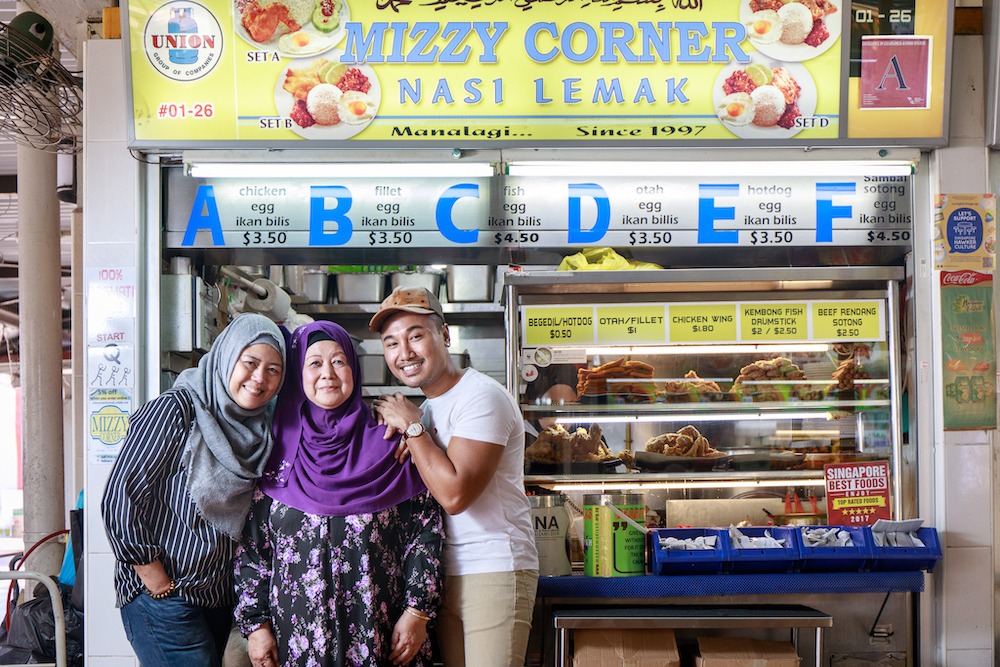
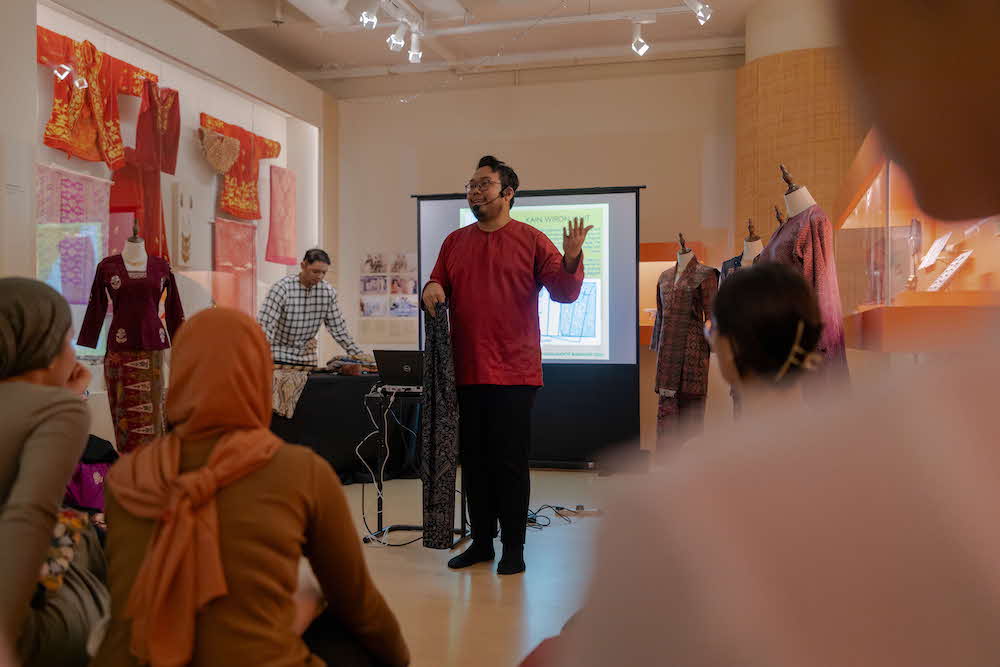
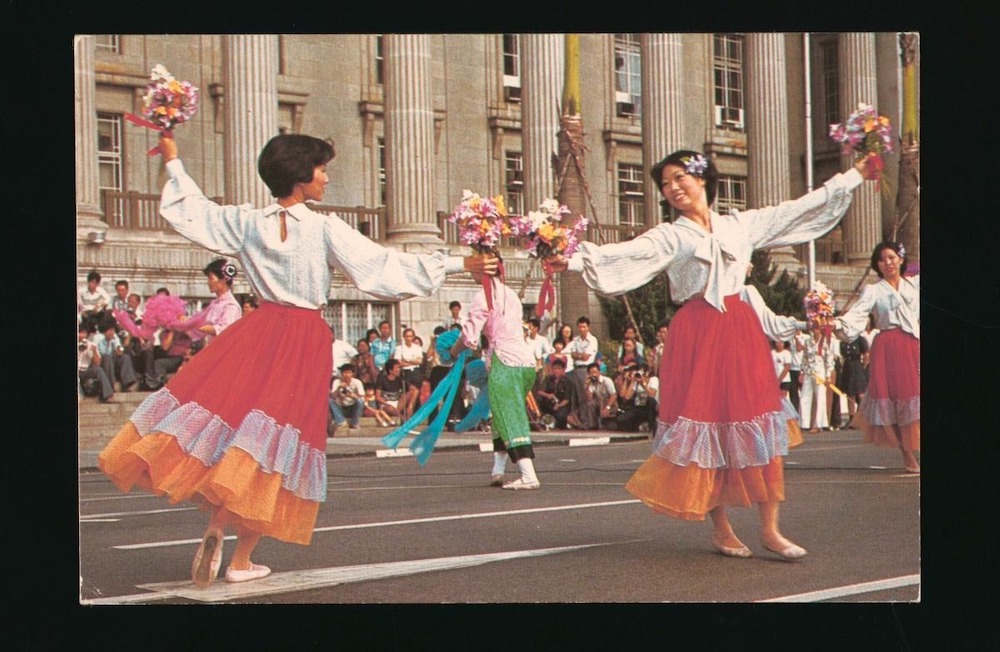
Through various programmes, Singaporeans are rediscovering their intangible cultural heritage, which has become a vital part of the nation's identity and living traditions. In descending order: hawker culture, the kebaya, and the Chingay parade (c. 1970s-1980s). National Heritage Board; National Heritage Board; Collection of the National Museum of Singapore.
These collective efforts have resonated with members of the public. 78 percent of respondents in the Heritage Awareness Survey said they would support ICH practitioners. The 2024 study also found that more respondents had participated in food heritage, community events, traditional medical practices, and performing arts activities compared to 2022.
With the ever-expanding slate of ICH programmes, the public can look forward to continued conversations about shared culture and participate in honouring and celebrating the dedicated custodians who make up the beating heart of Singapore’s cultural landscape.
Weekends Are Made for the Museum
Psychedelic cubes showcasing the tactile wonder of rotary phones and pagers. Retro offices humming with the technology of a not-so-distant past. Cabinets gleaming with rows of Barbie dolls and Tamagotchis — iconic toys that once defined many a childhood.
Over the past five years, NHB exhibitions like Off / On: Everyday Technology that Changed Our Lives, 1970s–2000s and Play:Date - Unlocking Cabinets of Play have reignited public interest in Singapore’s recent past and shared memories.
The public has responded enthusiastically to these programmes, with the latest Heritage Awareness Survey results revealing a striking 89 percent of respondents who said museums help foster a sense of identity, and 94 percent stating that they believe museums are vital for understanding Singapore’s history, heritage, and culture.
Responding to growing public interest, NHB has been collecting everyday objects that reflect Singaporeans’ daily, lived experiences: from a rare 1978 Fujitec lift rescued from Ang Mo Kio, to a traditional coffee roasting machine, and a Coinafon public phone. These items, now part of the 250,000 artefact-strong National Collection, help connect younger generations to Singapore’s past.[3]
This approach is paying off with younger Singaporeans. At 46 percent, youth now make up nearly half of all museum visitors. For Siti Nuraisha Safri, 29, this renewed energy around heritage is not just a trend; it is the main event around which weekends are planned, and friendships are kept alive.
“I peg weekend activities and overdue catchups with my friends — former secondary school and polytechnic mates — to what’s on the heritage calendar,” she shared. “We’re into heritage festivals, trails, and exhibitions. We go to museums for the vibes and for the history, killing two birds with one stone. Heritage is very much a communal activity.”
She is not alone. The latest survey found that heritage experiences are rarely solitary. In fact, 33 percent of respondents said they attended heritage events because they were “jio-ed” (a colloquialism for “invited”) by friends or family — a big jump from 21 percent in 2022.
For Nuraisha, these outings are more than just fun. They are a way to stay anchored in Singapore’s evolving story. “Whether I’m watching a performance about World War II or attending a festival, I’m always on the lookout for good storytelling and meaningful reflections on what people before us went through,” she said. “I try to identify the values that have changed and those that have stood the test of time.”
This hunger for meaningful stories is something Singapore’s museums and heritage institutions have tapped into with gusto. The Indian Heritage Centre’s evocative 2023 showcase, Ente Veedu, My Home: Malayalees in Singapore, for instance, brought the diversity of the nation’s second-largest Indian sub-group to life with personal histories weaved into the larger storyline.
Blockbuster exhibitions, such as the Asian Civilisations Museum, Andrew Gn: Fashioning Singapore and the World, have broadened perspectives on the reach and resonance of Singapore’s multicultural tapestry. In 2023, the museum invited visitors to step into the world of the Paris-based Singaporean designer whose gowns, featuring multicultural motifs and techniques spanning batik and embroidery, have graced luminaries from Beyonce to Zoe Tay. The exhibition, the largest celebrating a contemporary Singaporean fashion designer, featured 100 representative works and attracted 120,000 visitors.
On top of such programming, Nuraisha believes in self-driven initiatives. As part of NHB’s Youth Panel since 2023, she has shared ideas on ways and means to foster youth agency. The panel’s recommendations, which were also informed by engagements with more than 1,000 youths, culminated in the inaugural Youth Heritage Blueprint. One initiative of the blueprint is the Young ChangeMakers – Youth Heritage Kickstarter Fund, designed to support youth aged 15 to 35 keen on launching their own heritage projects.[4]
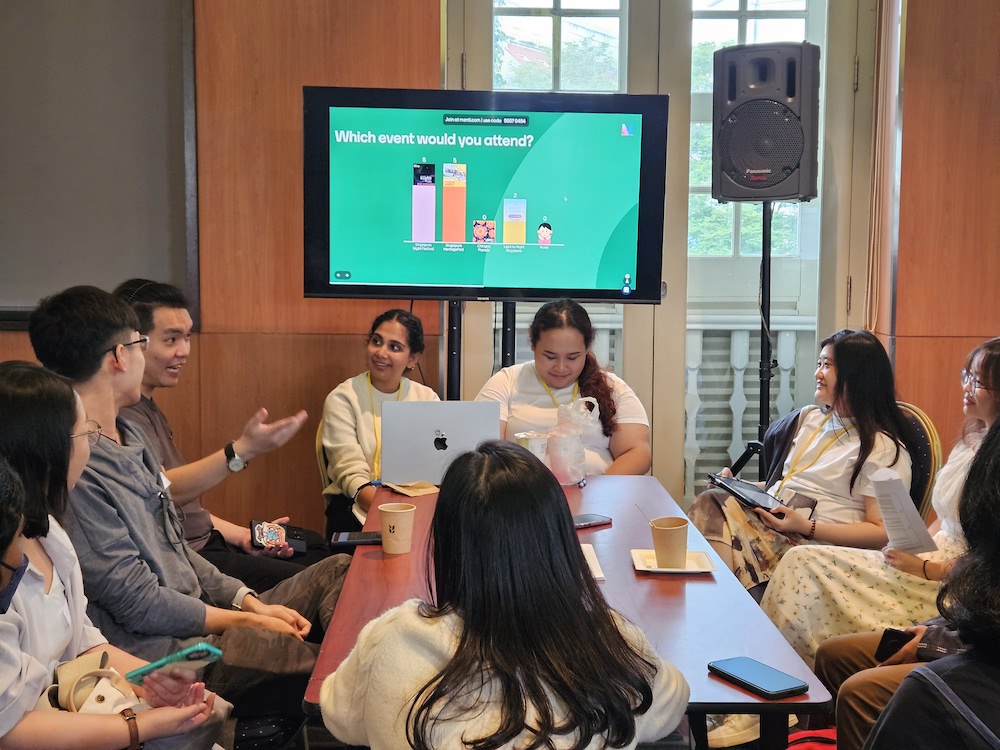
“There’s huge potential to capture the mass youth audience. As Singaporeans, we can contribute our ideas and start ground-up efforts,” said Nuraisha.
Heritage is anything but dry, daunting or alienating, she added. “Heritage doesn’t have to be dense or abstract. It is incredibly engaging as the museums have demonstrated, and a stepping stone into the larger, colourful world of our history and culture.”
OTHER KEY STATISTICS FROM THE HERITAGE AWARENESS SURVEY 2024
-
93 percent of respondents said they feel proud of Singapore's heritage and culture.
-
88 percent said they are aware of Singapore’s history and heritage.
-
85 percent — a steady number since 2022 — believe preserving our heritage helps promote Singapore as a world-class city.
Notes
[2] Ibid.
[3] Ibid.
[4]"Youth-led heritage projects get support with new grants from NHB, National Youth Council". Straits Times, 26 October 2023.




